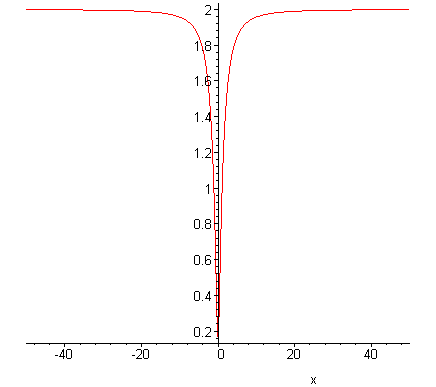legacyofpiracy
Junior Member
- Joined
- Oct 20, 2005
- Messages
- 82
Code:
Consider the curve defined by (2y^3)+(6x^2)y-(12x^2)+6y=1
dy/dx= (4x-2xy)/((x^2)+(y^2)+1)
Write and equation of each horizontal tangent line to the curveI am at a loss as to how to go about the second part of the problem (I first had to find the derivative) because generally I graph it on my calculator just to get an idea of where the tangents would lie...but this includes two variables so I am somewhat puzzled. Suggestions would be greatly appreciated


